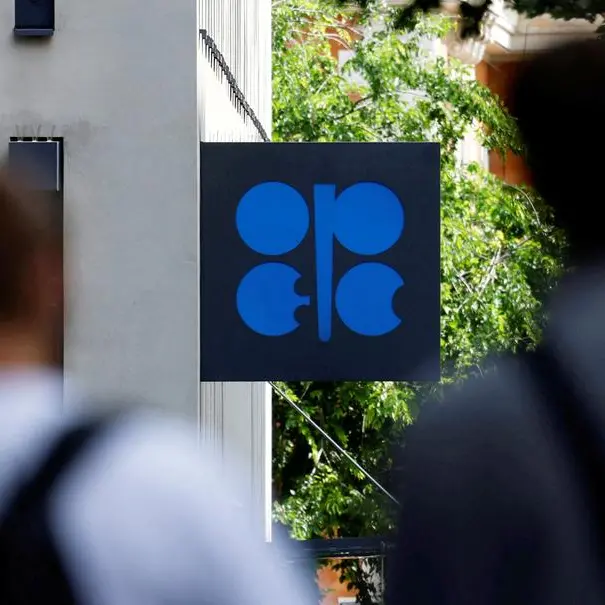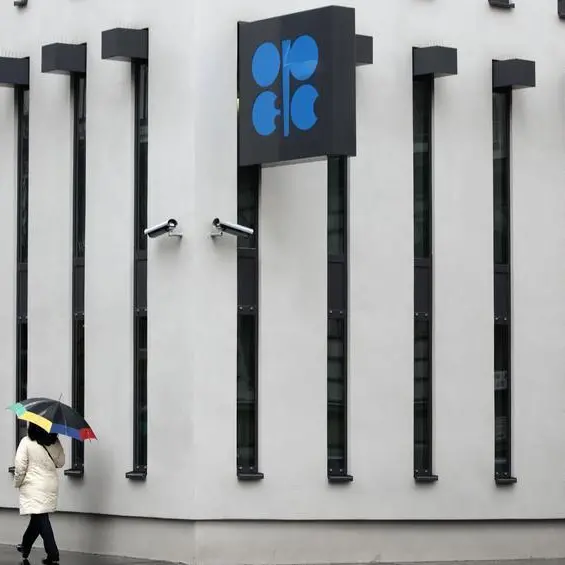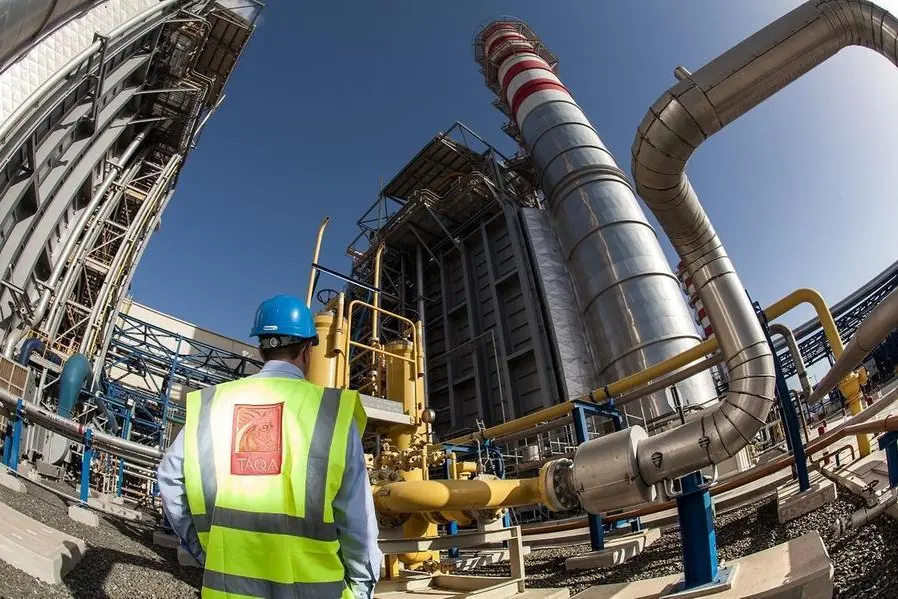PHOTO
Oil prices steadied on Tuesday, recovering from a 5% drop over the previous two sessions, as investors absorbed OPEC's latest downward revision for oil demand and market's disappointment over China's latest stimulus plan.
Brent crude futures rose 50 cents, or 0.70%, to $72.33 a barrel, by 1343 GMT. U.S. West Texas Intermediate crude futures were up 49 cents, or 0.72% at $68.53 a barrel.
OPEC cut its forecast for global oil demand growth in 2024 and also lowered its projection for next year, marking the producer group's fourth consecutive downward revision.
The weaker outlook highlights the challenge facing OPEC+, which comprises the Organization of the Petroleum Exporting Countries and allies such as Russia, which earlier this month postponed a plan to start raising output in December against a backdrop of falling prices.
"With China's demand remaining lacklustre, supply-side tinkering by, OPEC is not having the desired impact other than maintain Brent price floor at $70," said Gaurav Sharma, an independent oil analyst in London.
OPEC said world oil demand would rise by 1.82 million barrels per day (bpd) in 2024, down from growth of 1.93 million bpd forecast last month.
The group also cut also cut its 2025 global demand growth estimate to 1.54 million bpd from 1.64 million bpd.
OPEC is still at the top of industry estimates and has a long way to go to match the International Energy Agency's far lower view.
"OPEC's outlook on China still achieving robust growth this year is increasing at odds with other forecasters, who have considerably reduced their end-2024 estimates on China's poor macroeconomic performance and disappointing fiscal stimulus measure," said Harry Tchilinguirian, head of research at Onyx Capital Group.
Beijing unveiled a 10-trillion-yuan ($1.4-trillion) debt package on Friday to ease local government financing strains, as the country faces pressure from the re-election of Donald Trump as U.S. president, who has threatened more tariffs on Chinese goods.
But analysts said it fell short of the amount needed to boost economic growth.
Chinese inflation data over the weekend showed that consumer prices rose at the slowest pace in four months in October while producer price deflation deepened.
Deflationary risks from China, as well as the lack of concrete fiscal stimulus measures from Chinese policymakers to spur demand, are weighing on sentiment, said Kelvin Wong, senior market analyst at OANDA.
Markets are also bracing for further signals from U.S. inflation data and Federal Reserve speakers this week.
(Reporting by Arunima Kumar in Bengaluru, Colleen Howe in Beijing and Emily Chow in Singapore; Editing by Jamie Freed, Clarence Fernandez, Kim Coghill and Louise Heavens)























